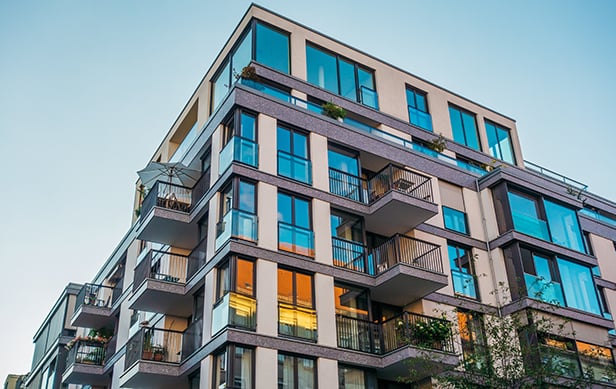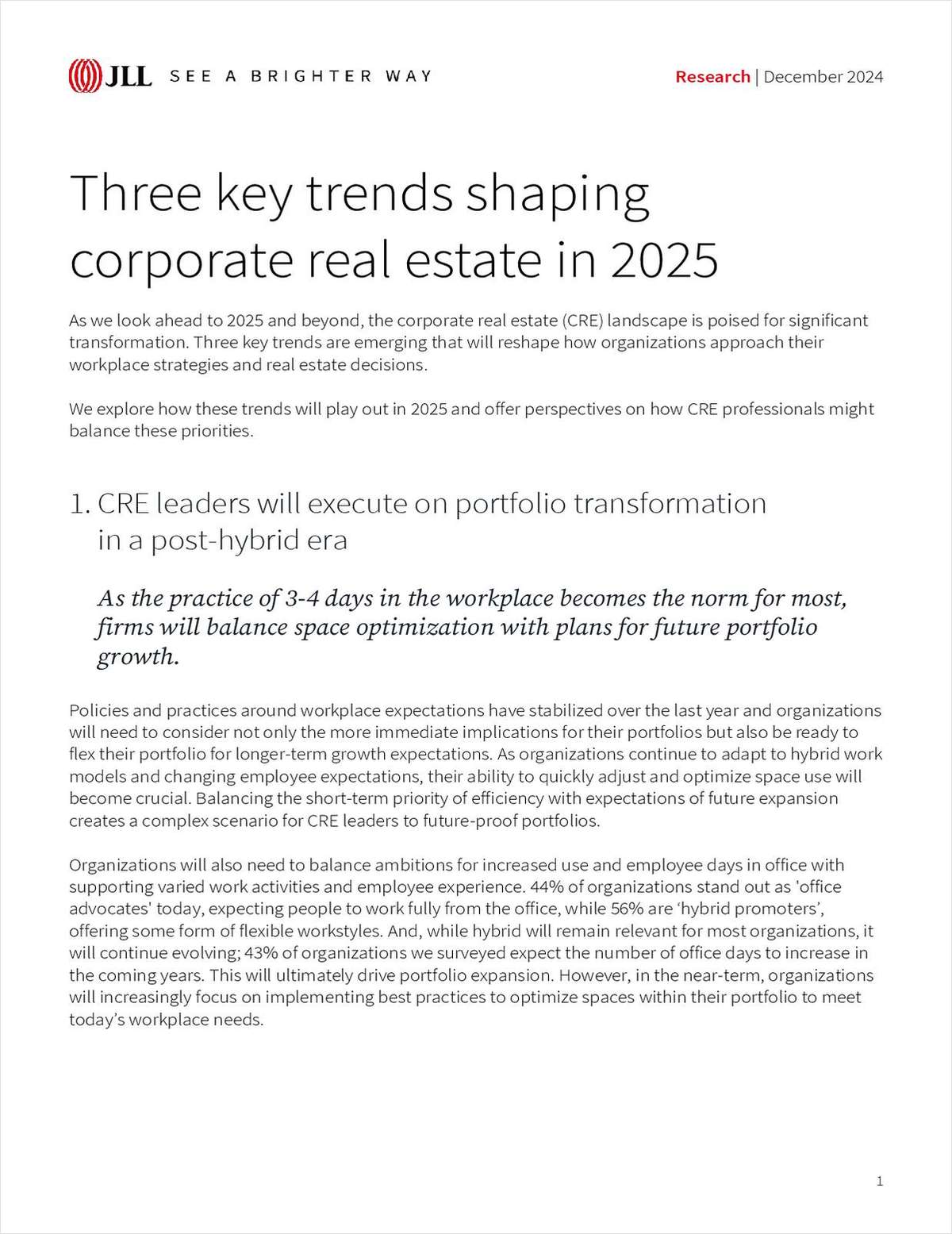SAN FRANCISCO—Locally based based John Cumbelich & Associates, a retail real estate brokerage, has represented notable brands including Brio, Dunkin' Donuts, Pinkberry, JARED and Sport Chalet. GlobeSt.com exclusively chatted with John Cumbelich on shopping center performance in the market, retail space, occupancy rates and more.
GlobeSt.com: What factors made it possible for the Bay Area market to eke out net positive absorption despite starting the quarter at an occupancy level over 97%?
John Cumbelich: There are a few factors that pushed occupancy levels to all-time highs. Strong economic fundamentals, including increased employment, decreased energy costs and remarkably low interest rates, have been driving forces behind the current record-high occupancy. Perhaps most significantly, in the post-recession economy, new inventory has been added very gradually, as the entire development pipeline came to a complete halt during the recession. Demand has simply outpaced supply.
GlobeSt.com: What challenges are most owners facing as far as their ability to move rents higher on vacant spaces?
Cumbelich: Lack of available space, plain and simple. Obviously, owners would love to raise rents in light of the current demand, but the vast majority of leasable space is occupied with lease rates locked in.
GlobeSt.com: What do the current market conditions suggest to developers?
Cumbelich: Out of the nearly 13 million square feet of Flagship Power Center inventory that we track in the San Francisco market, a mere 256,508 square feet was available as of the close of Q4 2014. Clearly, there are strong supply & demand fundamentals in support of new development.
GlobeSt.com: What are some of the reasons that the North Bay and San Francisco Peninsula submarkets vacancy rates are so low?
Cumbelich: Well, vacancy rates in the entire region are extremely low. But, the North Bay and Peninsula in particular are at below 2%. These submarkets are site constrained. They also have among the highest political barriers to entry for new Power Center development. Couple that factor with the draw of San Francisco and Napa, and it is clear why these submarkets are so appealing to retailers.
GlobeSt.com: What does that mean for occupancy levels and demand for the foreseeable future?
Cumbelich: The high barriers to entry in these site-constrained markets suggest that occupancy levels and demand should trend strong for the foreseeable future, which will maintain the upward pressure on already historically high rent levels.
GlobeSt.com: What are some of the factors that may cause occupancy rates to rise or fall within a particular area?
Cumbelich: Occupancy rates are largely dependent on the economic condition of a given market. If the local economy is thriving, consumer confidence will be high and the retail market will reap the benefits. Also, sustained retail demand in a market will result in the back-fill of spaces that were likely vacant in the wake of the real estate downturn, which has helped boost occupancy tremendously, not only in San Francisco, but nationwide. Finally, the pace of new development in keeping up with user demand can significantly affect occupancy rates. Presently, supply simply isn't keeping up with demand.
Check back with GlobeSt.com in the next day or so for more from this exclusive interview including details on unanchored strips versus power centers, class B and C occupancy, and much more.
Want to continue reading?
Become a Free ALM Digital Reader.
Once you are an ALM Digital Member, you’ll receive:
- Breaking commercial real estate news and analysis, on-site and via our newsletters and custom alerts
- Educational webcasts, white papers, and ebooks from industry thought leaders
- Critical coverage of the property casualty insurance and financial advisory markets on our other ALM sites, PropertyCasualty360 and ThinkAdvisor
Already have an account? Sign In Now
*May exclude premium content© 2025 ALM Global, LLC, All Rights Reserved. Request academic re-use from www.copyright.com. All other uses, submit a request to [email protected]. For more information visit Asset & Logo Licensing.








